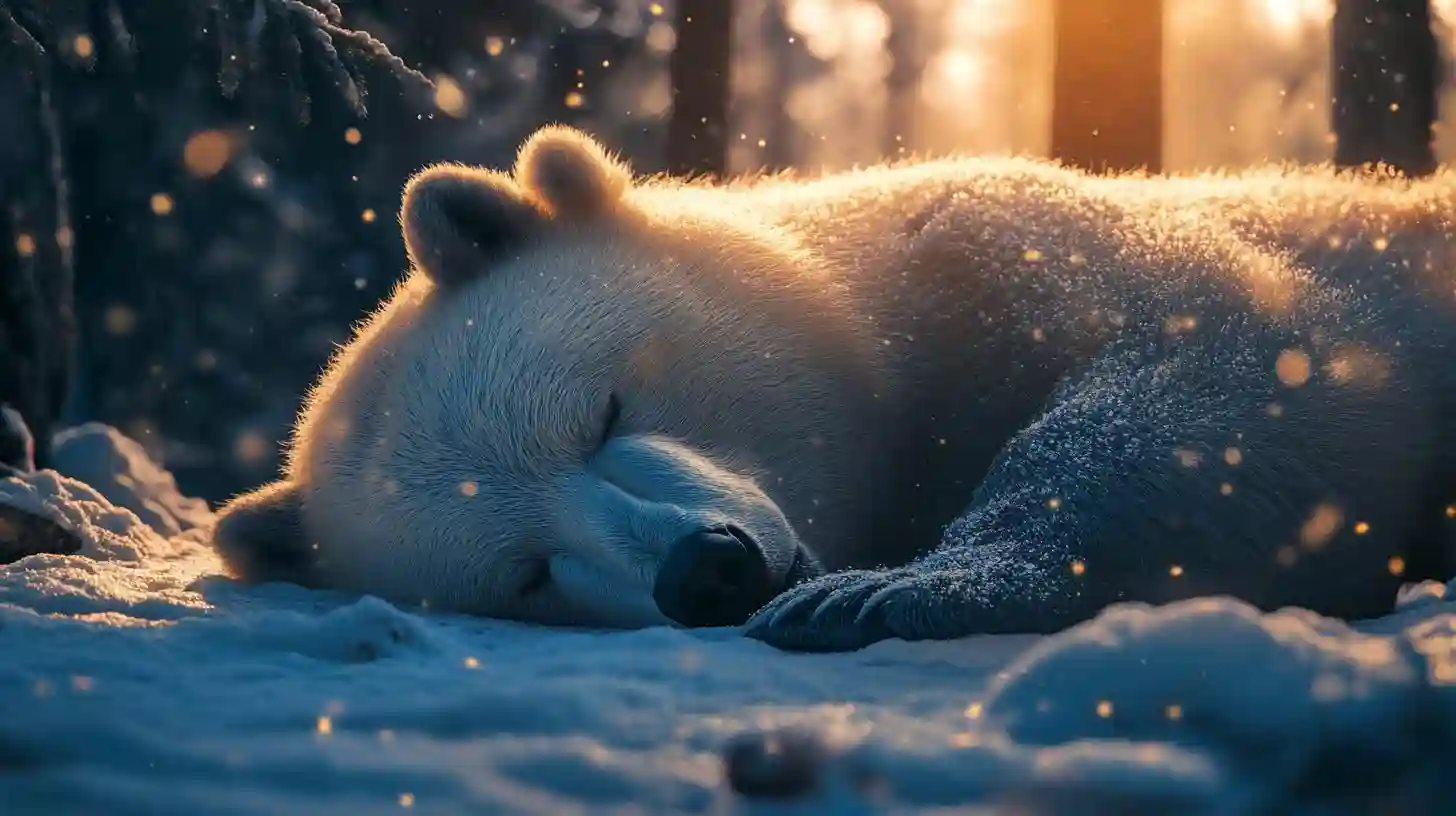
Hibernation is a fascinating phenomenon observed in various animal species, primarily as a survival strategy during periods of harsh environmental conditions, such as winter. This biological process allows animals to conserve energy when food sources are scarce and environmental temperatures drop. Although the term "hibernation" is commonly used, it encompasses a range of metabolic strategies that differ across species.
One of the central elements of hibernation is the dramatic reduction in metabolic rate. Animals that hibernate enter a state comparable to deep sleep, where their physiological functions slow down significantly. This extended period of dormancy is characterized by decreased heart rates, lowered body temperatures, and diminished respiratory rates. These physiological changes enable the animal to consume less energy while enduring an ecological environment that is not conducive to active living.
A key component of hibernation is the storage of energy in the form of fat. Animals prepare for hibernation by significantly increasing their fat deposits during the months leading up to winter. This fat serves both as insulation to maintain body temperature during dormancy and as an energy reserve that will fuel metabolic processes throughout the hibernation period. The reliance on stored fat instead of food allows hibernators to survive in the absence of foraging opportunities during freezing temperatures and snow-covered landscapes.
Different species have adapted varied strategies and durations for hibernation. Most mammals engaged in hibernation, such as bears, ground squirrels, and bats, will experience cycles of deep sleep interspersed with brief periods of wakefulness. During these brief awakenings, they can consume some of their stored fat and perform basic physiological maintenance. Interestingly, hibernation is not solely limited to cold environments. Some species, like certain reptiles and amphibians, undergo similar torpid states in response to droughts, essentially entering a phase of dormancy until environmental conditions become more favorable for survival.
The exact triggers for hibernation vary among species, though they often relate to changes in day length and temperature, which signal animals that winter is approaching. Hormonal changes play a significant role in initiating hibernation, with the production of melatonin increasing in response to decreased light, prompting physiological preparations for dormancy. Some species may enter hibernation gradually by reducing their activity levels over several weeks, while others might retreat into hibernation more abruptly.
Understanding the biochemical pathways involved in hibernation has revealed intriguing insights into how animals adapt to extreme conditions. Research has shown that during hibernation, animals experience changes at the cellular level that may prevent injury caused by low temperatures and metabolic stress. For instance, certain mammals exhibit an increase in production of protective proteins that safeguard cells from damage while their metabolic processes are in a dormant state.
Another fascinating aspect of hibernation is its potential to inform human medicine. Scientists study hibernating species to understand metabolic adaptations that may hold clues for treating conditions related to organ transplant, stroke recovery, and even certain metabolic disorders. By mimicking the protective biochemical mechanisms that occur during hibernation, researchers aim to develop techniques that can enhance the resilience of human tissues under stress.
Climate change poses a significant threat to hibernating animals. As global temperatures rise and weather patterns become more unpredictable, species that rely on specific temperature cues or habitats may find it increasingly challenging to adapt. Changes in the timing of food availability can disrupt the traditional hibernation cycle, contributing to declines in populations. Consequently, some hibernating species are at risk of extinction if they cannot adapt quickly enough to the changing environment.
Moreover, habitat destruction and the fragmentation of ecosystems can affect hibernators’ ability to find suitable sites for hibernation. Ensuring that these animals have access to undisturbed spaces where they can hibernate safely is crucial for their survival. Conservation efforts that address habitat preservation and promote biodiversity are essential in maintaining the delicate balance of ecosystems that support hibernating species.
Hibernation stands as a remarkable example of evolutionary ingenuity, allowing animals to endure periods of environmental stress that otherwise would be detrimental to their survival. By delving into the science behind hibernation, we uncover the intricate adaptations that enable these animals to thrive in adversity. Understanding these processes not only enriches our appreciation of wildlife but also advances our knowledge in various applied fields, showcasing the intertwined fates of all living organisms on Earth.